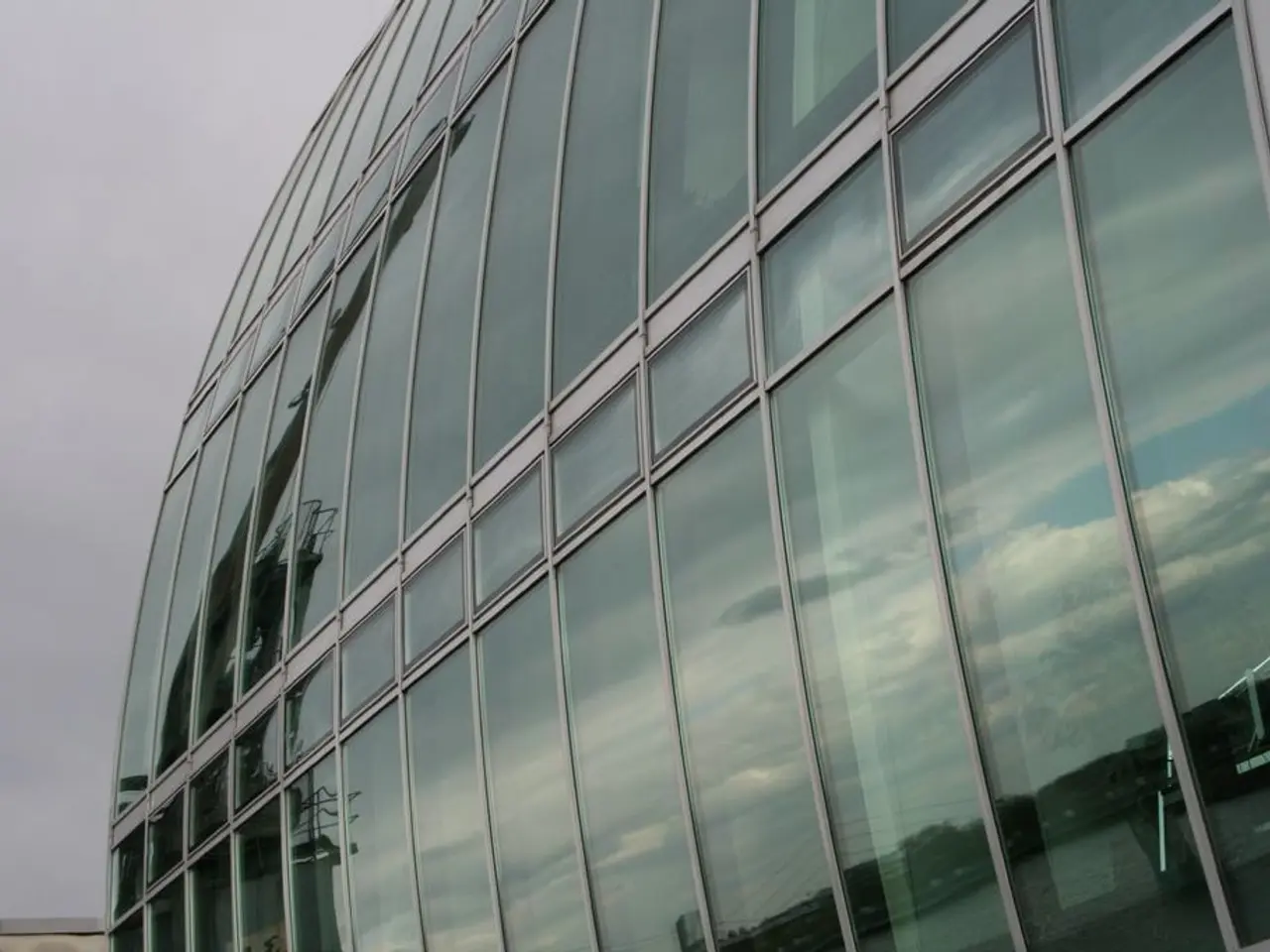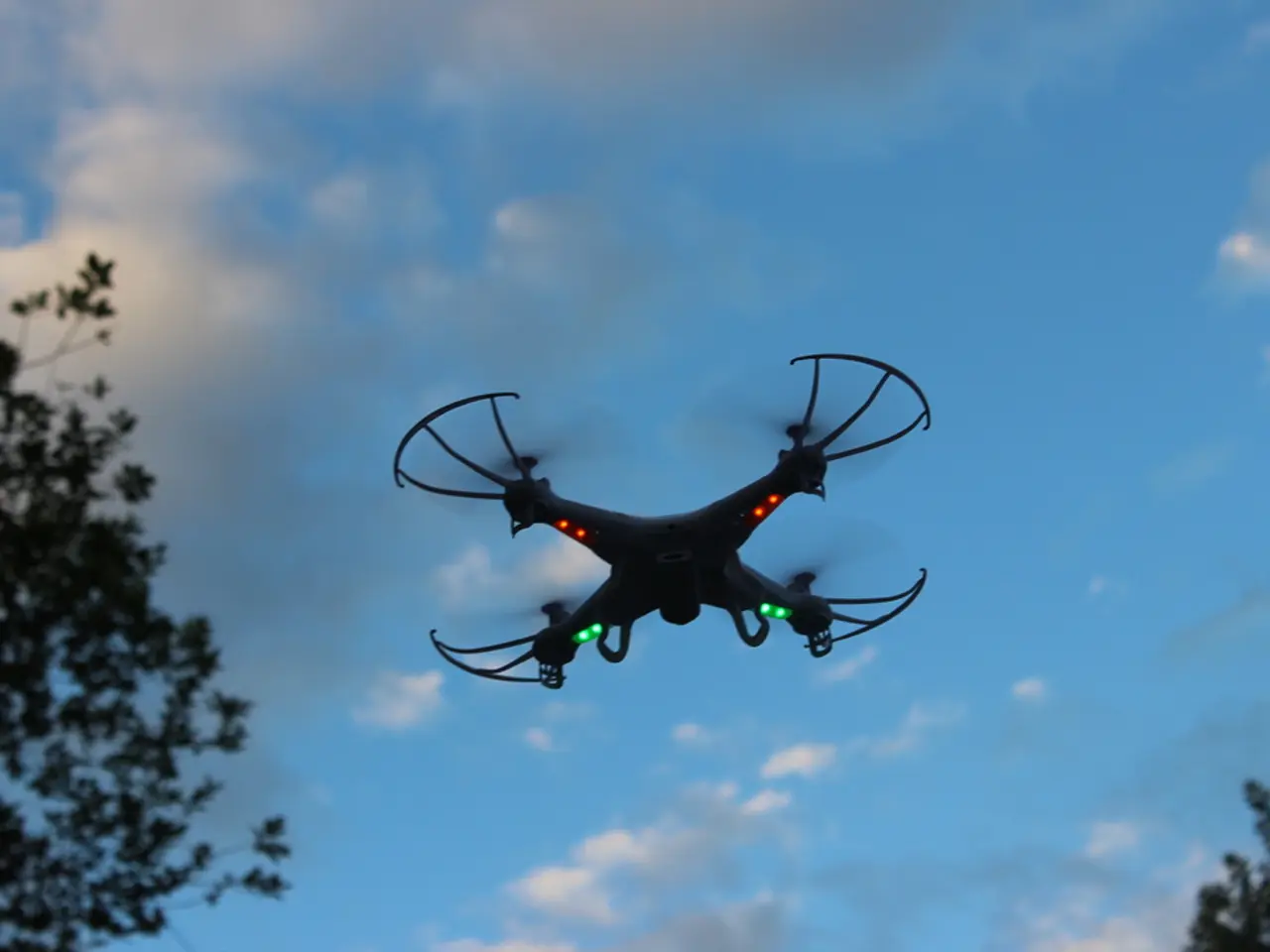European Technology Landscape: H1 2025 Review
In the first half of 2025, the European tech funding environment has undergone a significant change, becoming more selective compared to the same period in 2024. This shift is evident in the drop in total capital by over 30% year-on-year, according to recent reports.
In contrast, the funding environment in the first half of 2024 reached a peak of €50.1 billion, a significant increase from €28.7 billion in H1 2023, which recorded the highest number of deals (over 2,300) but the lowest capital inflow. The trend from H1 2023 to H1 2025 suggests a shift towards a more cautious and selective funding environment.
The total deal count remained relatively stable in H1 2025, with just under 2,000 deals. However, the total capital in H1 2025 was significantly lower than in H1 2024, reflecting the more cautious and selective funding environment.
Over the past three years, European tech funding trends demonstrate a more cautious and selective investment environment characterized by slower venture capital growth, increased reliance on public funding sources, and strategic support focusing on innovation with sustainability and regulatory adaptation. Investor behavior has shifted towards careful evaluation, prioritizing startups that align with EU goals such as AI development, sustainability, and compliance with emerging regulations.
This shift is particularly noticeable in some EU countries like Poland, where venture capital expenditure has declined by about 13.9 percentage points since 2018, reaching just 20.1% of the EU average in 2025. Around half of the venture capital funding there now comes from public sources, indicating both a cautious private investment climate and reliance on government-supported funds.
Notably, institutional and corporate venture activities have increased to sustain innovation. Entities like Intesa Sanpaolo Group's Innovation Center and Neva SGR have invested over €118 million in startups from 2022 through mid-2025, targeting frontier technologies including AI, cybersecurity, cloud computing, blockchain, and 5G. These investments benefit from multidisciplinary research and sustainable development goals.
Investor caution is also influenced by regulatory uncertainties. For instance, the EU Artificial Intelligence Act, with new high-risk AI system regulations coming into effect in October 2026, has shifted attention towards compliance readiness. The stalled or delayed development of official AI standards creates additional investment risk, prompting more measured investment decisions.
In sum, the European tech funding environment has seen a pronounced shift towards more cautious, selective investments influenced by regulatory timing, public-private funding mixes, and a strategic focus on innovation areas that align with EU ambitions for AI, sustainability, and digital infrastructure. This shift is likely to continue as investors prioritize startups with clear strategic or regulatory alignment and as regulatory uncertainties are addressed.
- In the context of the European tech funding environment, investors are becoming more selective in their approach to financing, prioritizing startups that focus on AI development, sustainability, and compliance with emerging regulations.
- As a response to regulatory uncertainties and the shift towards a more cautious investment environment, entities like Intesa Sanpaolo Group's Innovation Center and Neva SGR are strategically investing in startups working on frontier technologies such as AI, cybersecurity, cloud computing, blockchain, and 5G.




